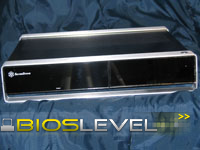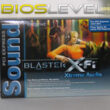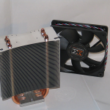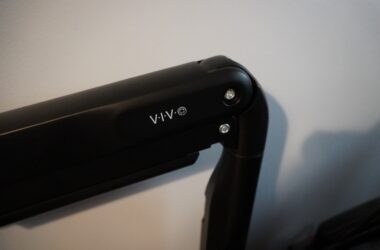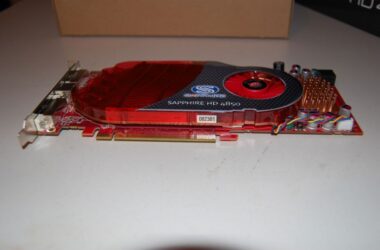Introduction
Silverstone has only been in the PC case business for about 4 years, but they’ve released some very high-quality innovative cases in that short span of time. In those last four years, one of the smaller trends we’ve seen is the use of mobile CPUs being used in desktop machines. Today, we’re looking at Silverstone’s Mobile on DeskTop (MoDT) ML-02 small form factor case.
Packaging
The cardboard box is much like any other cardboard box. Of course, all the sides are covered in pictures and features of the case. The box itself is actually much smaller than other cases we’ve looked at before, and that’s because of the size of the ML-02. The ML-02 measures in at 397 mm (W) x 82 mm (H) x 375 mm (D). The case is only considered 82mm high because of the decorative “legs” of the case. The case itself is about the same height as a 1U case.
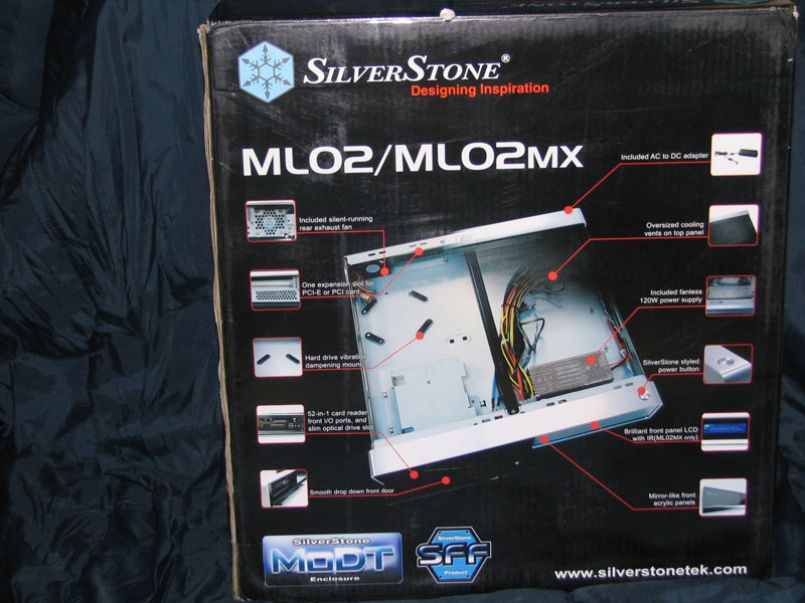
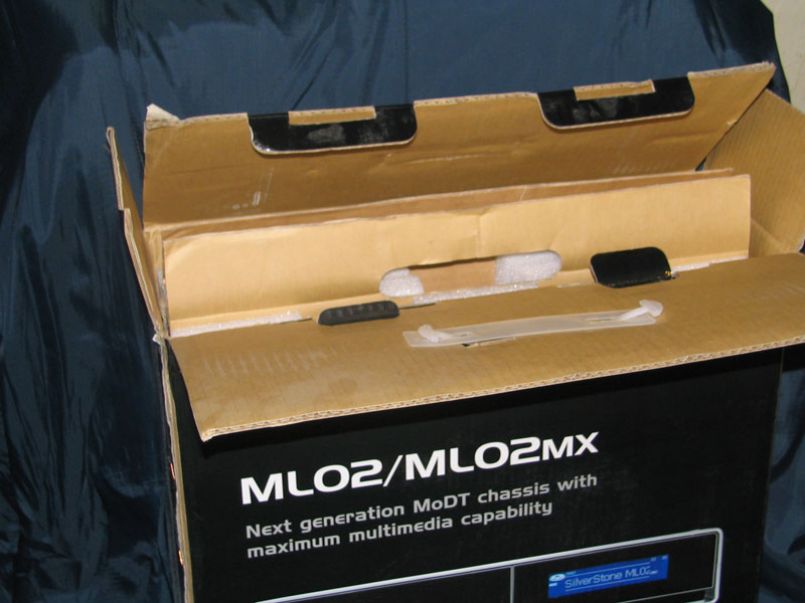
Also included in the packaging are two smaller white boxes, one containing the case’s external power supply, and the other containing our screws and other essential hardware, as well as the ever-familiar iMON Pad remote control.
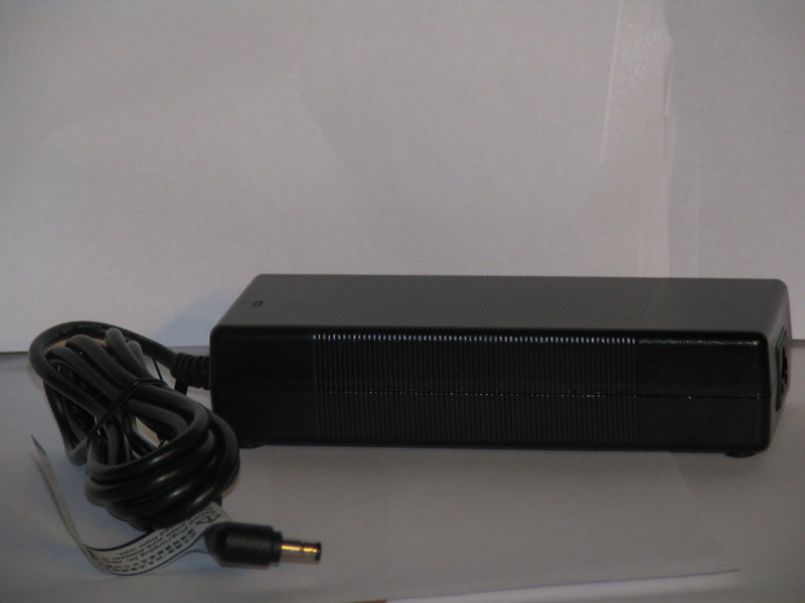
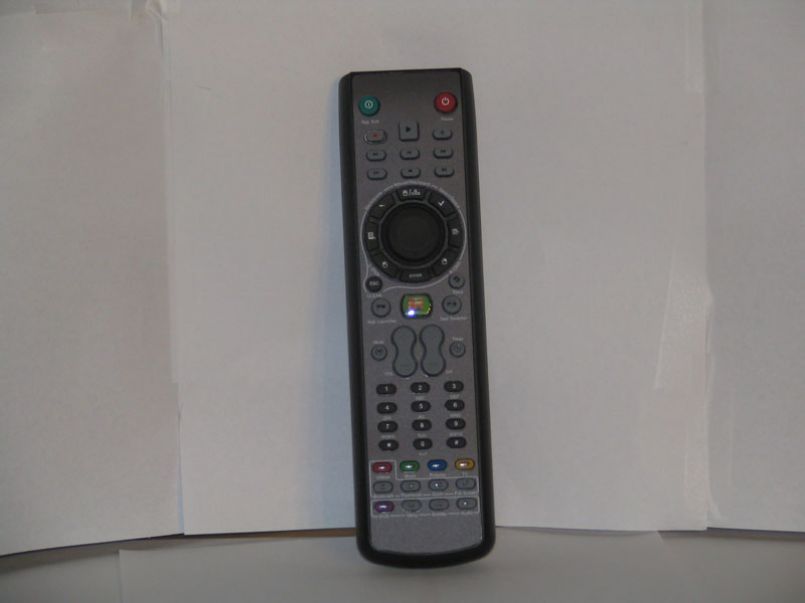
When opening up, I found something unique: the foam packaging. Silverstone uses a more mashable foam to package their cases, rather than the harder mold-shaped foam packaging many other companies use. This is the first case I’ve ever unpacked from Silverstone, so I could be wrong about the practice. Using the style of foam means the box is a little more compressible.
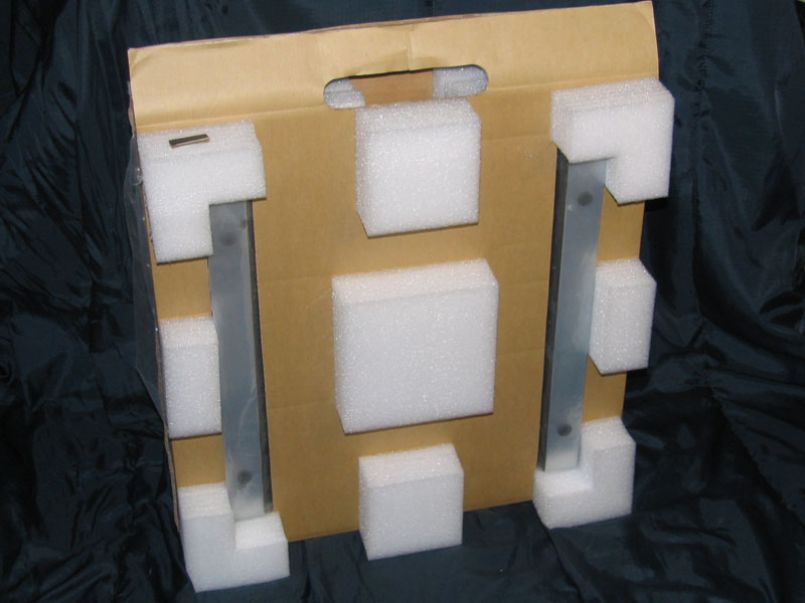
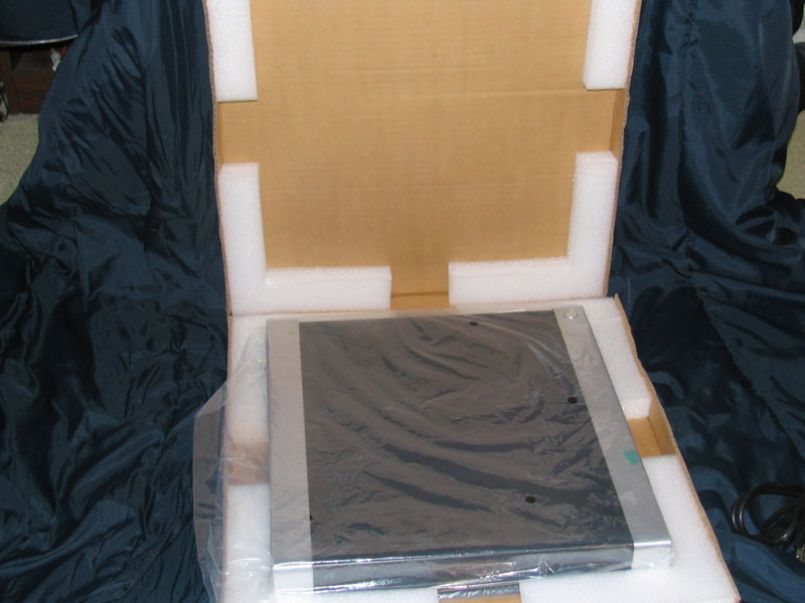
Specifications and Appearance
As the case itself is only about 52mm tall, this case is about the same size as a 1U rackmount case. Just how many features can we expect Silverstone to shove in this case? More than expected! First, let’s look at the detailed list of features and specifications from Silverstone’s website.
| Model No. | SST-ML02B-MXR (black + LCD/IR + multimedia) |
| Material | Acrylic front panel, 4.0mm aluminum frames, 0.8 SECC body |
| Motherboard | MoDT Micro ATX, Mini-ITX, DTX |
| Multimedia | Multimedia software, remote with on/off function, Multilanguage LCD/IR |
| Driver Bay | External: Slim optical x 1 Internal: 3.5″ x 1 or 2.5″ x 1 (vibration dampening) |
| Cooling System | Front: None Rear: 1 x 50mm exhaust fan, 2200rpm, 19dBA Side: 3 x 50mm fan slots Top: Oversized venting holes |
| Expansion Slot | 1 (includes 1x PCI riser card and 1x PCI-Ex16 riser card) |
| Front I/O Port | USB2.0 x 2 IEEE1394 x 1 Audio x 1 MIC x 1 52-in-1 card reader |
| Power Supply | Fanless 120W DC/DC board & AC adapter |
| Net Weight | 4 kg |
| Dimension | 397 mm (W) x 82 mm (H) x 375 mm (D) |
Holy features listing, right? Would you really expect to see all of this stuck inside something smaller than a 1U case? When I first took the case out of the packaging, I was surprised by the size. I was happy to find a full-size expansion slot on the rear that will accommodate a PCI or PCI-Express card, but what really made my day was the Vacuum Fluorescent Display (VFD) display on the front of the case.
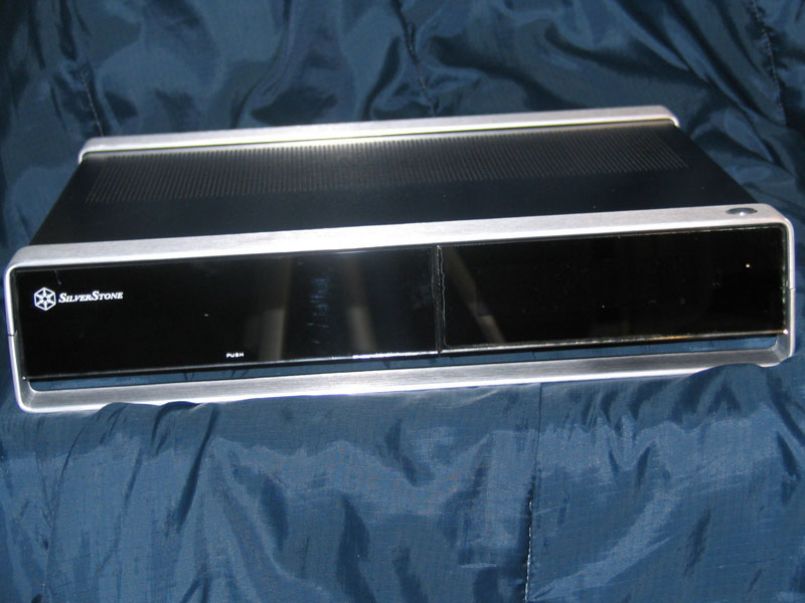
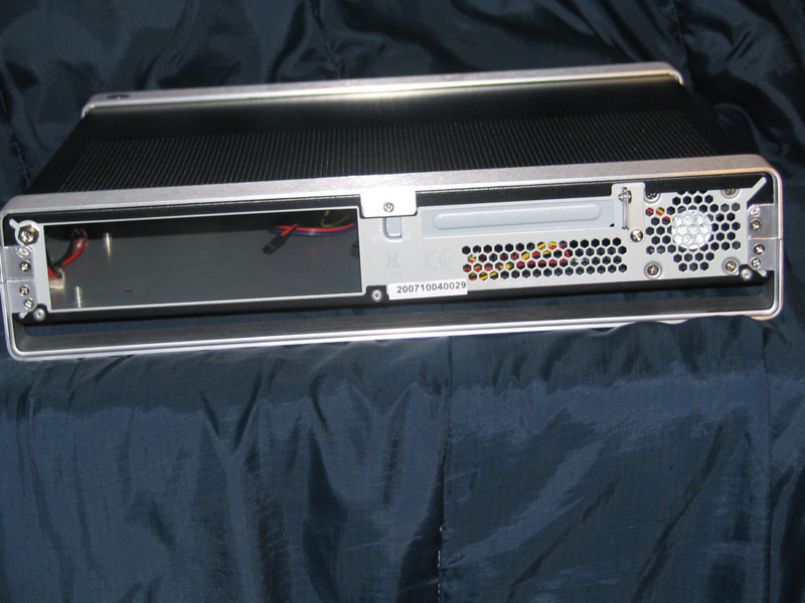
The front of the case is made of up a clear acrylic material (think Plexiglas) with a mirror coating, giving the case a very attractive appearance. Unfortunately, this makes snapping pictures of the front of the case a little difficult without the proper light!
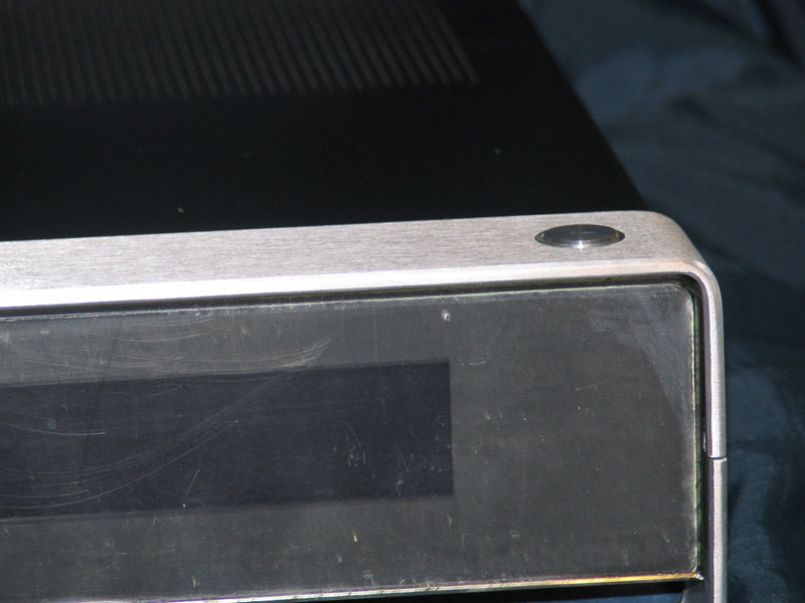
While the VFD takes up roughly half of the front panel, the other half is a door that lowers when you push it. As the door lowers, the slim optical drive bay is visible, soon followed by the front panel ports and card reader. The front panel provides you audio out, mic in, 2x USB, and 1 Firewire port. Again, provided this case is paired with the right hardware, it would make a great home theatre computer, complete with a 52-in-1 card reader perfect for displaying photos on any display you have this machine connected to.
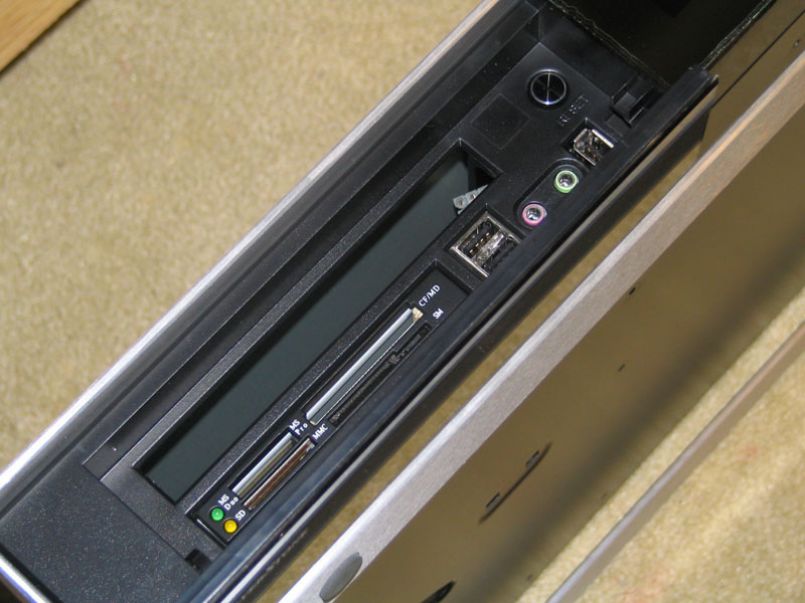
The body is painted black and its wrapped around in the front and back by silver-colored “legs” that seem to both suspend and elevate the case from the ground. The legs give the case its 82mm height, but they very much add to the visual appeal of the case. Paired with the proper hardware, this case would make a fantastic addition to any home theatre setup.
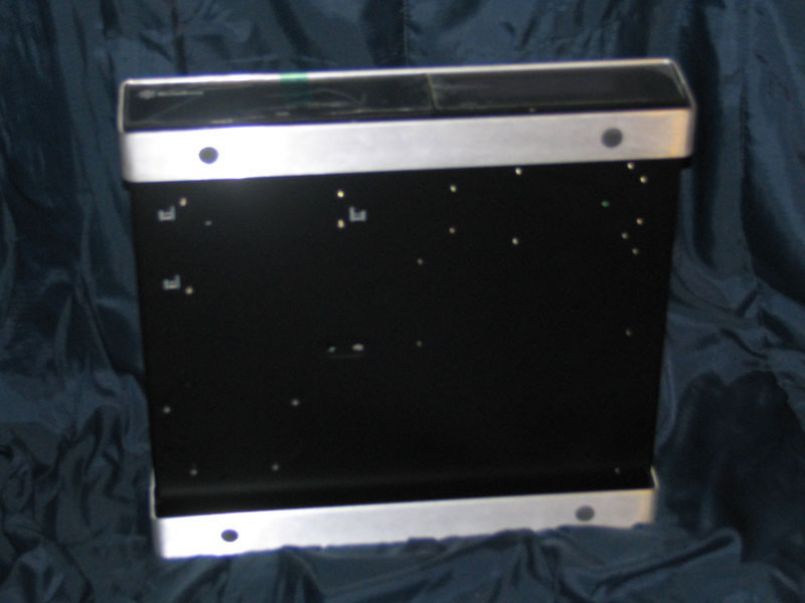
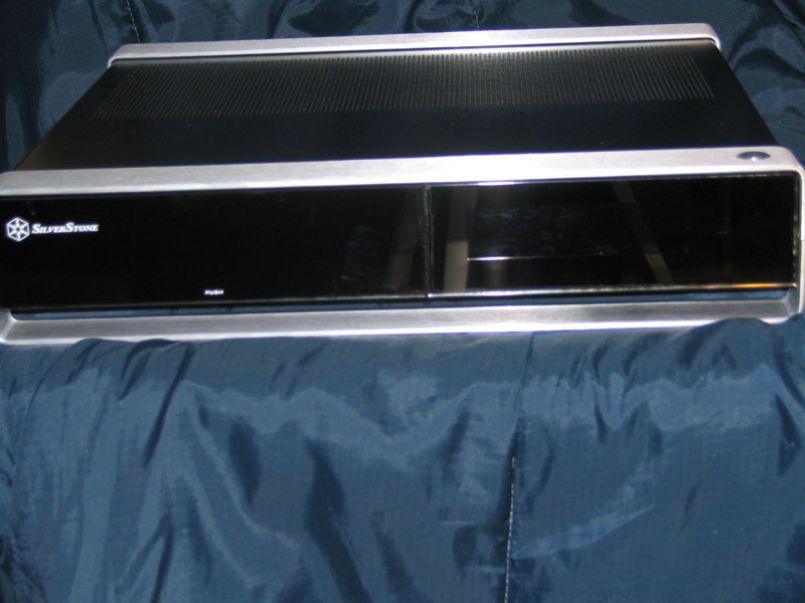
What I did find odd about the outside of the case is that the power button is located on the top of the case, rather than the front. Of course, if you use the iMON remote, you can power the system on remotely.
Installation
Opening up the was was easy, especially with the help of the silver stands. There are three screws in the back of the computer that hold the cover in place, and the cover pulls off by the stand after the screws are out.

Inside, we were greeted by… wires! For such as small case, there are so many wires, but for good reason. There is also a small caged-off piece of hardware inside the case, and this is where the power goes to from the external power supply. Here, the voltage is knocked down to varying ratings for the different kinds of cables the system will need.
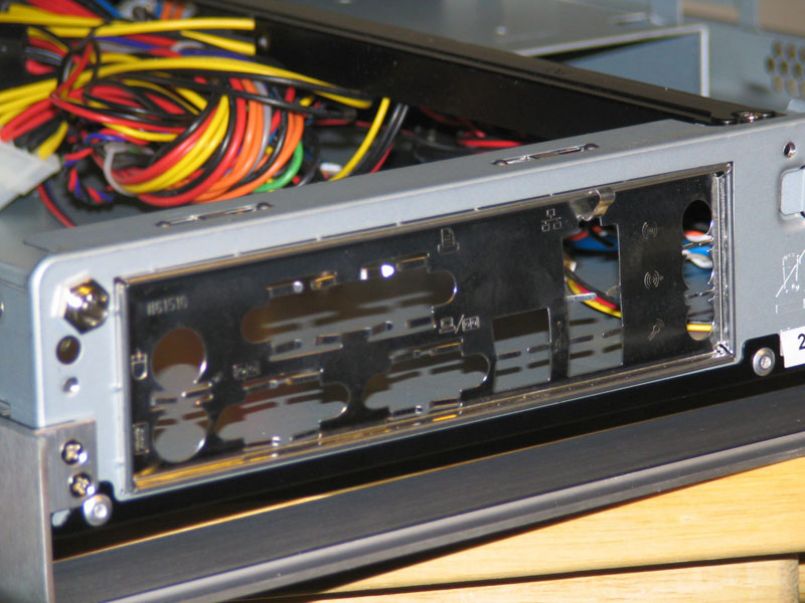
We also noticed that the hard drive is mounted directly against the bottom of the case, but there are rubber sound dampeners that drive sits on top
of. It’s a little different, but none-the-less effective means of sitting it in the case amongst all the other components. As mentioned in the features, the case can accommodate a 3.5″ or 2.5″ drive.
We opted to install the motherboard first, as it appears other components may create a hassle to install the motherboard after. Before proceeding, allow us to warn you that the 120W powersupply that comes with this case is not meant to run a desktop chip, not even a 65W Sempron processor. We selected a low-powered Intel Mini-ITX board utilizing a Merom-core Celeron processor.
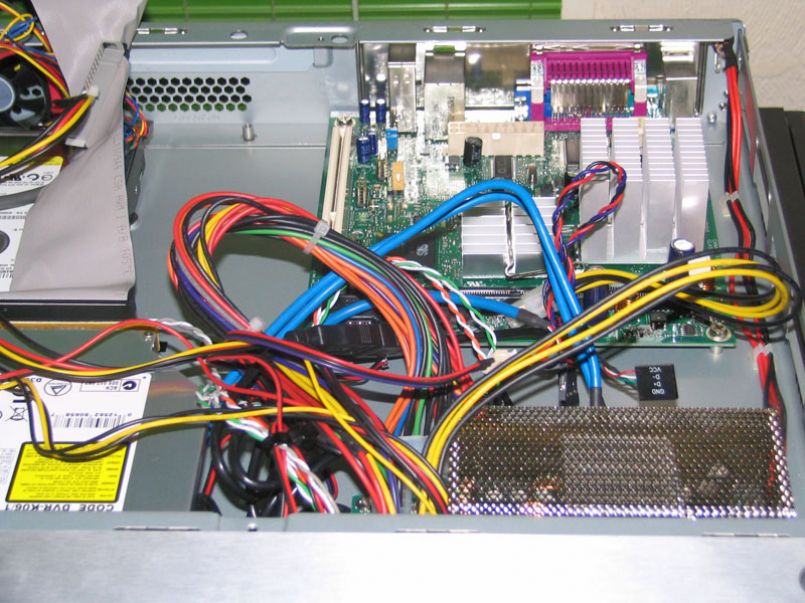
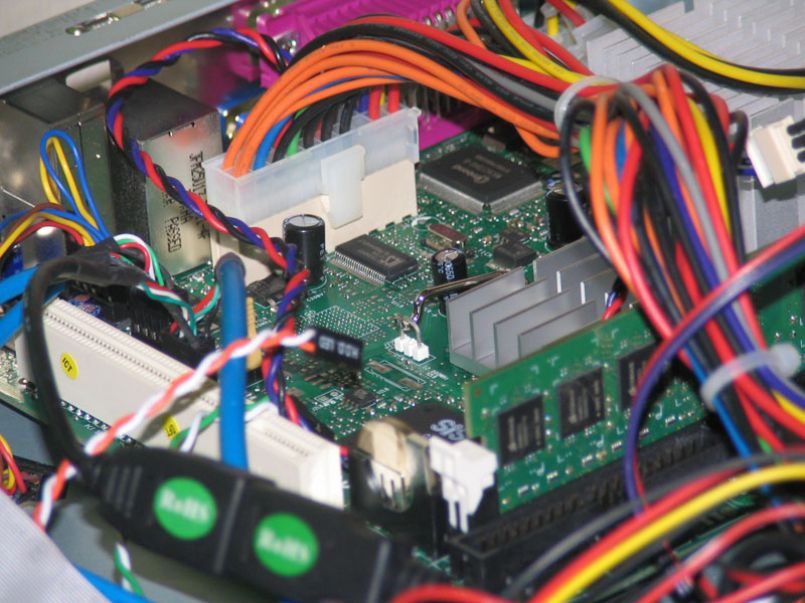
The standoffs for a Mini-ITX-sized motherboard are already built into the case, so we were able to plop the motherboard in and screw it down. The case has a full compliment of connections, including USB, Audio, and Firewire. There are two sets of USB connectors, the first being for the external ports, and the other set being for the iMON VFD and IR devices. Thankfully, the case’s audio connectors give you the option of AC’97 or Intel HD Audio. Also to note is that all of these connectors are in block form, so you’re not stuck putting down single pins and worrying about the order.
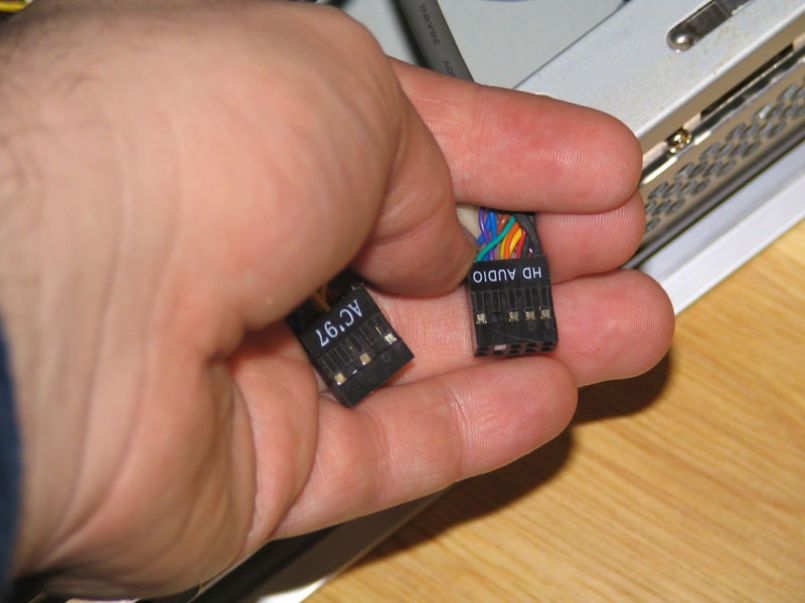
After plugging in the essential motherboard cables, we moved on to the slim optical drive. We’re using a Samsung slot-load drive for the coolness factor. Installation was interested, to say the least. The screws included for the drive are borderline microscopic. Pair this with installing the drive horizontally and you’re in for a fun time. The majority of the installation is now complete. All that’s really left is the hard drive and cleaning up the wiring.
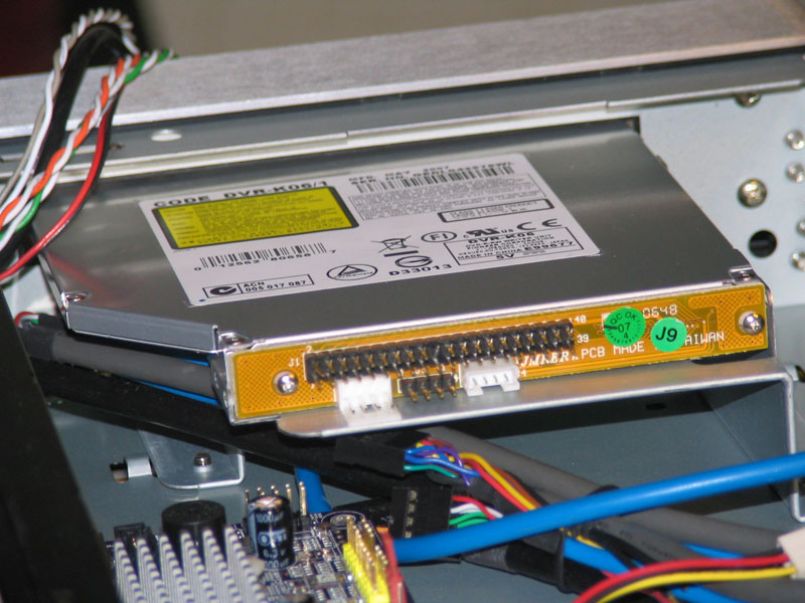
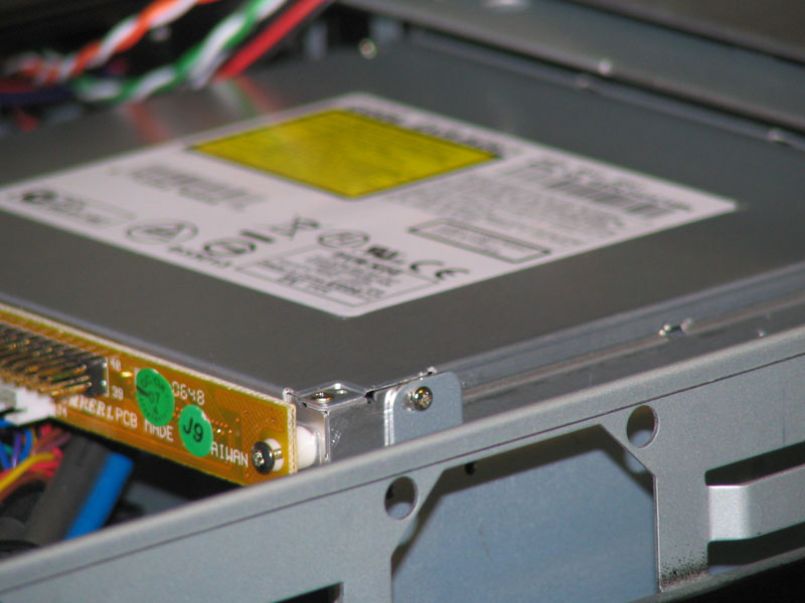
As we said earlier, the hard drive mounts against the bottom of the case and sits on top of a rubber grommet. You have a few options as far as what direction you want to mount it, and we chose to mount it with the connectors in the back of the case so he had a little more room to route the cables and clean up the inside of the case a bit.
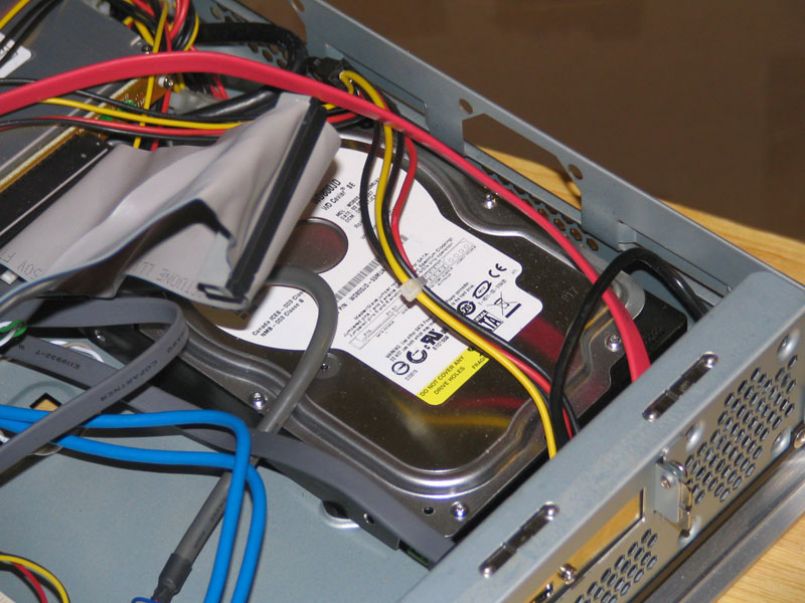
The last step is to install any PCI Cards we intend to use. Honestly, the Mini-ITX motherboard includes everything I intend to use on the machine, so for the sake of demonstration I installed a Creative Audigy PCI card. Silverstone provides two adapters, once for PCI, and one for PCI-Express. Depending on what kind of card you’re installing, you can switch the adapters around. The adapter screws into the bar in the middle of the case, and you can slide the PCI card into the holder on the back of the case. Good to go!
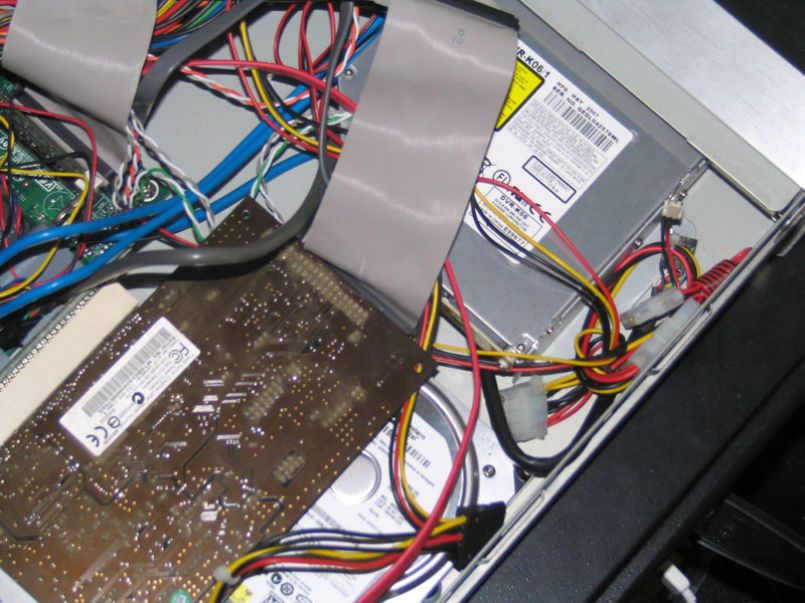
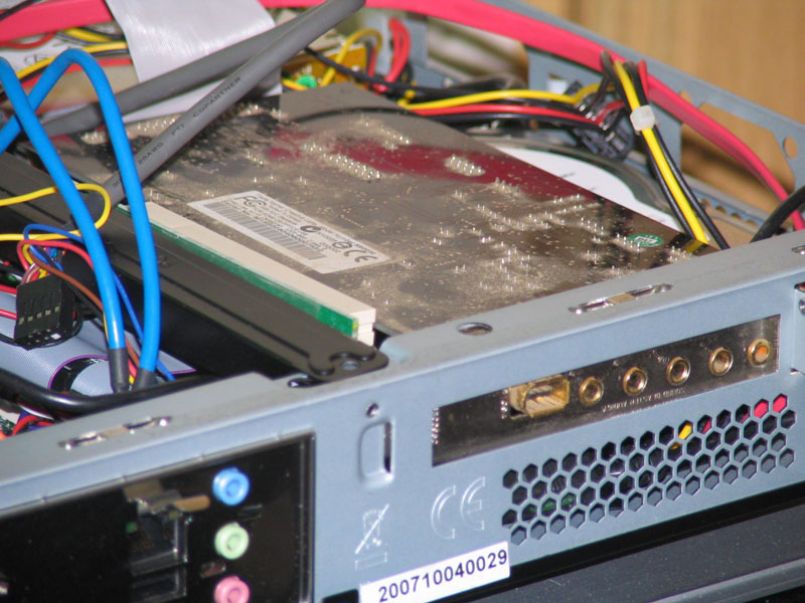
With installation complete, let’s turn the machine on and give it a whirl!
Usage
We plugged the external power supply into the back of the case, and immediately noticed that the VFD immediately lit up. This indicates that the iMON components are powered, so the IR remote will work to power on the machine. Instead of using the power button on the top of the case, I decided to use the iMON Pad to power on the machine.
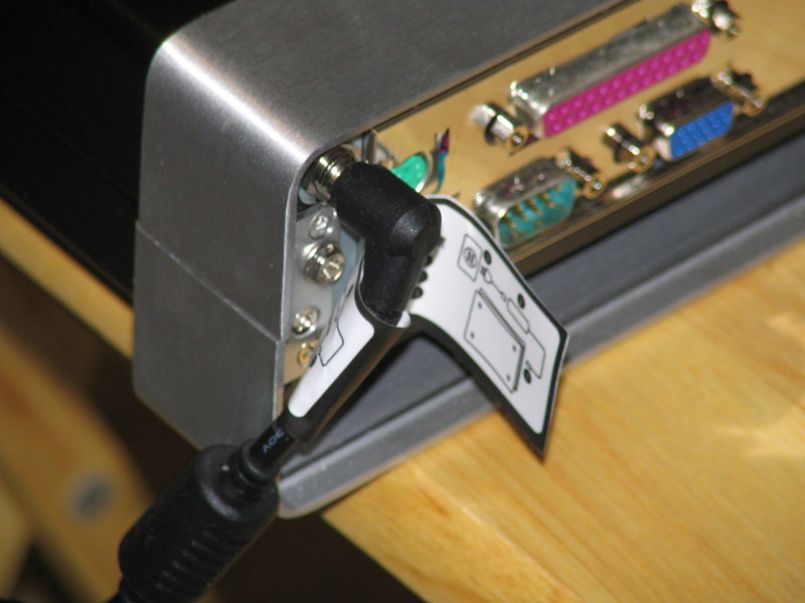
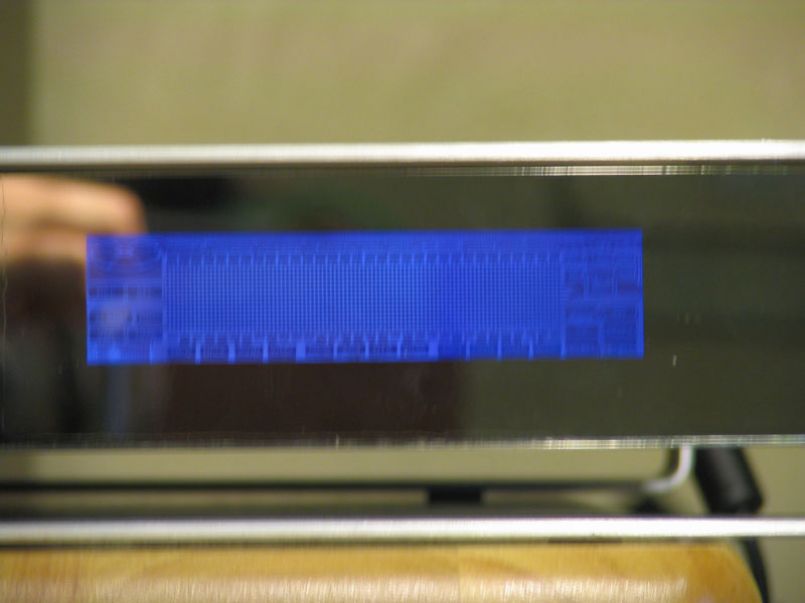
With a fanless Mini-ITX motherboard, the system is near quiet. Unfortunately, after checking the system’s health status in the BIOS, I noticed the CPU was running at 80°C. I guess this motherboard wasn’t meant to be run without some airflow hitting it, so I decided to move the fan from the other side of the case to next to the motherboard. Thankfully, there is a fan mount right next to where the CPU is located. After screwing it in, I turned the system back on with the case’s power button. Thankfully, the CPU was now at 38°C.
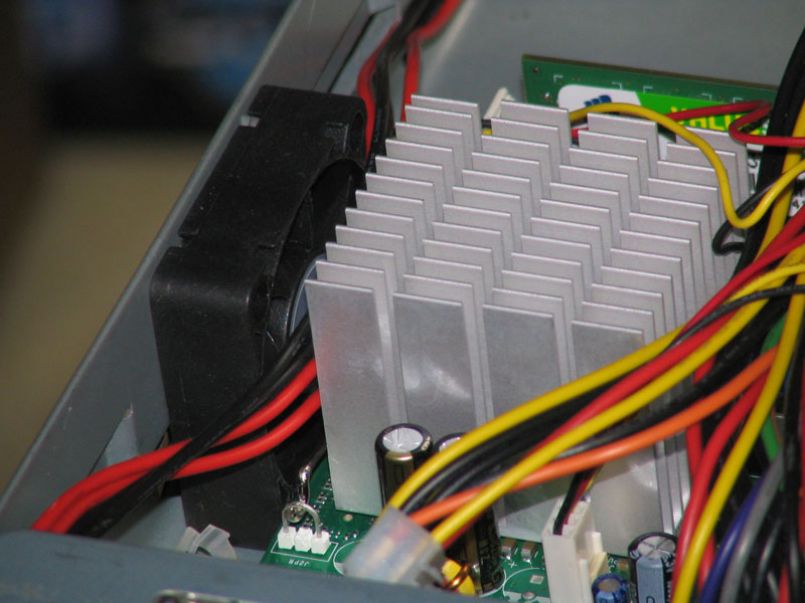
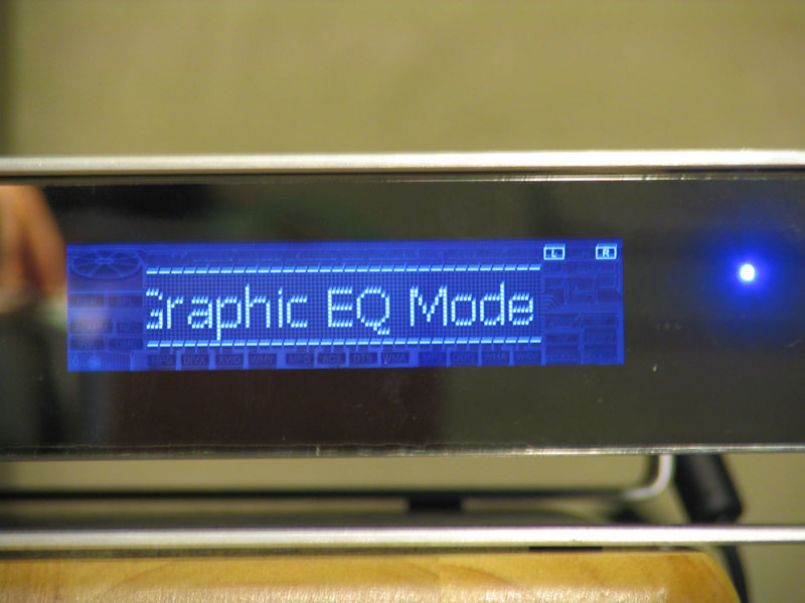
After installing Windows and the motherboard drivers, I inserted the Silverstone-supplied driver CD. The CD has a few utilities, but the main reason to install the contents of the CD is for the iMON software. With the iMON drivers and utilities installed, you’ll be able to use the iMON Pad to it’s full potential, as well as enjoy the VFD on the front of the case.
Most people will be interested in the iMEDIAN application, which is Soundgraph’s own media center application. The software isn’t unlike MythTV or Windows MCE and it has features such as Weather & News, Live TV, Movies, Music, and the like. Using the integrated setup, you can tell the application where to scan for media to add to its library.


The VFD is bright, but sometimes difficult to see from odd angles (and it photographs poorly due to the mirror substance on the front panel). Regardless, you can set the software to display almost any useful information you want, such as mailbox status, system health or statistics, or maybe a nice equalizer for the iMEDIAN application.
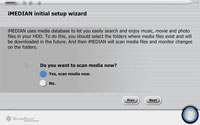
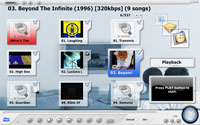
Linux Usage
It’s no secret that Linux users are often screwed in the realms of audio and video, as far as new hardware goes. This time, fortunately, it isn’t the case. The iMON-series of IR and VFD hardware has been supported in Linux for some time now, and distributions such as Ubuntu include the necessary packages in their repositories.
We found the standalone drivers at Venky.ws. We were scared for a short time, as the domain hasn’t been updated since 2005. The forums that support the drivers, however, still remain active. Using some of the resources there as well as the detailed instructions on CheckThisSh*tOut.com, we had no issues getting the LCD to work in Linux. There are some parts that may not work, such as the spinning LCD, but so long as the text working, we’re content.
It can also be noted that the power-on function of the iMON Pad is not software-based, so you will be able to use the remote to power the machine on or off regardless of your operating system.
Both the Gentoo and Ubuntu repositories’ versions of LIRC include the iMON Pad driver, and it should work with little confi
guration. Also included are sample configurations for these remote, so anyone will be set to go.
Final Thoughts & Conclusion
Silverstone managed to pack several fantastic features in to the ML-02 case. From MoDT support to an iMON VFD and IR receiver, the case is well featured. We like the external powersupply, make the case less than 19 inches in length so the case itself is much smaller than even a 1U Rackmount.
The addition of a multi-card reader and slim optical drive gave us all the multimedia options we needed, but they also gave us front USB ports and Firewire so we’re able to hook up extra devices for even more expansion. Speaking of expansion, the inclusion of the hard drive mounted to a rubber grommet against the bottom of the case was something unique to the case, with no formal drive cage.
With all these features included in the case, internal space comes with a premium price tag. Without decent wire-routing skills, the case’s internals can turn into a mess very rapidly. The mess of wires can then lead to blocked airflow from the cases single fan, or merely prevent you from closing the case. In a worst case scenario, you may force the wires into the case and break a component from the motherboard. Uh-oh!
Of course, we can ignore the shortcomings since the iMON components are supported in Linux. =D
Pros
- Great Form Factor
- Attractive
- Some expansion
- Near silent!
- Supported in Linux
- Comes with Media Center software
Cons
- Limited Space
- External powers supply isn’t very powerful



